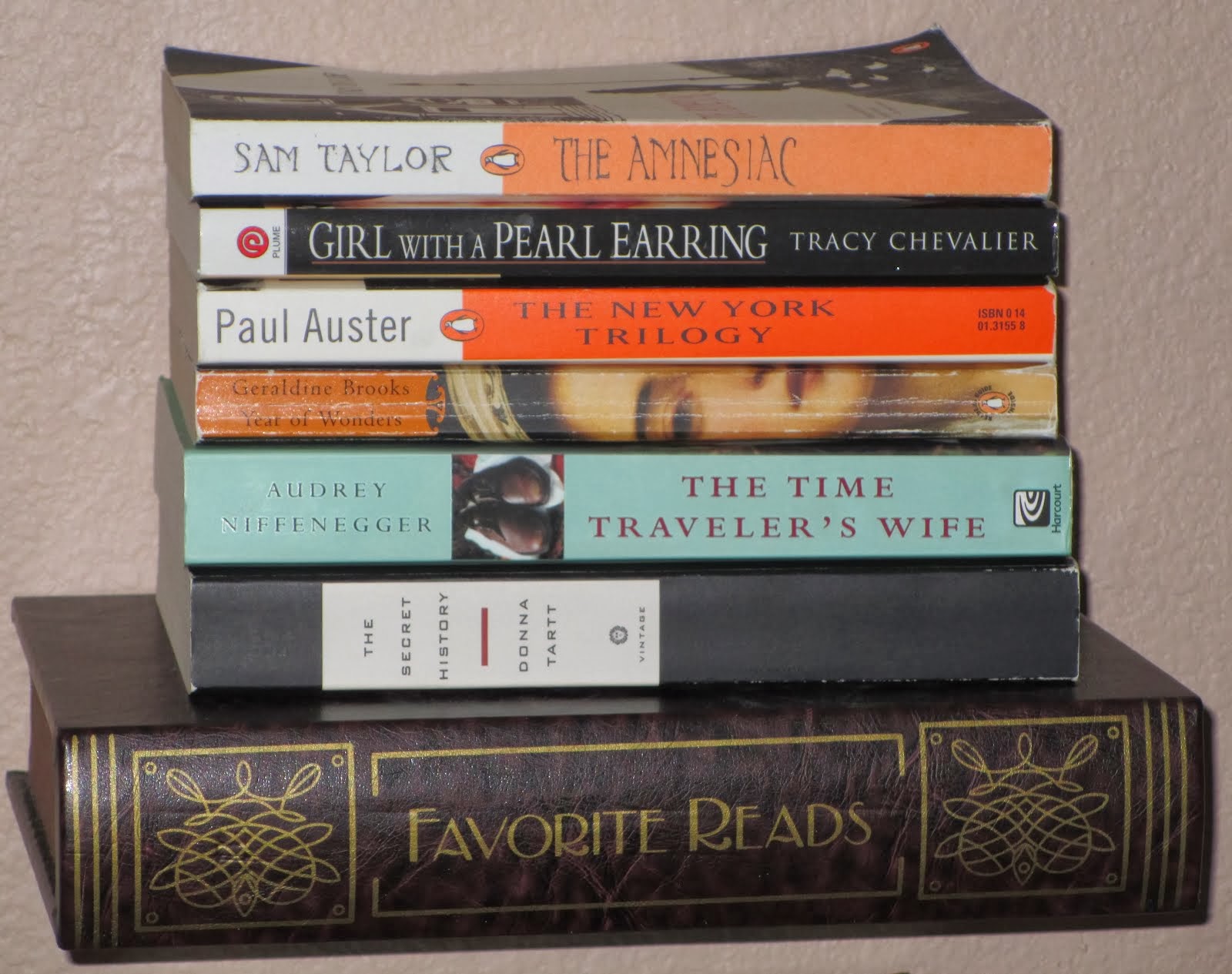 I got this title from some sort of unofficial "100 greatest books" list, or perhaps it was a "100 most-read books" list. I don't think I'd ever read anything by Blyton. This is actually a sequel to The Enchanted Wood, and the next in the series is The Folk of the Faraway Tree. I kind of wish I'd read the first of the three books instead, but I guess it doesn't much matter.
I got this title from some sort of unofficial "100 greatest books" list, or perhaps it was a "100 most-read books" list. I don't think I'd ever read anything by Blyton. This is actually a sequel to The Enchanted Wood, and the next in the series is The Folk of the Faraway Tree. I kind of wish I'd read the first of the three books instead, but I guess it doesn't much matter.To start with, I was not impressed with the cover art. But having been told many a time to not judge a book by its cover, I forged ahead. I chose this one to read for two reasons: first, as a nice light break from the previous book; second, because I knew I could get rid of it quickly and replace it with yet another book.
I'm sure I will anger Blyton fans who have known and loved her work since childhood, but I must say I couldn't get rid of this book fast enough. Reading it was like torture. The story itself was like one of those candy necklaces: a single thread with just one chalky and overly sweet candy after another. The strangeness of the different "lands" at the top of the tree reminded me very much of some of the lands surrounding Oz in Baum's various stories, which wouldn't necessarily have been such a bad thing except for the fact that it sounded like it was written by and for Care Bears. I'd say it would be best read aloud to a five-year-old. I bet if I had read this book as a child I would have enjoyed it then, and could enjoy the nostalgia as an adult; but coming to it for the first time as an adult didn't work out too well.
The best thing about this book is its illustrations. Not the cover art, which is mediocre and uninviting, but the sweet, old-fashioned, dozen or so black-and-white drawings found inside the book. I searched high and low to figure out who drew them, because my copy of the book doesn't seem to say (which is odd, since credit is given to the distinctly less-talented cover illustrator). I couldn't find any examples on the Internet to compare these to, but from a list I found, it looks like the illustrations from the 2nd edition (1971) by Rene Cloke were used in this 1991 edition. Here is a sampling from my copy:



Even though this book is not a big favorite of mine, whenever I hear the wind in the trees from now on they'll probably be saying, "Wisha, wisha, wisha." And I really am a little bit sad that I'll never get to try a Pop Biscuit or a Google Bun.













No comments:
Post a Comment